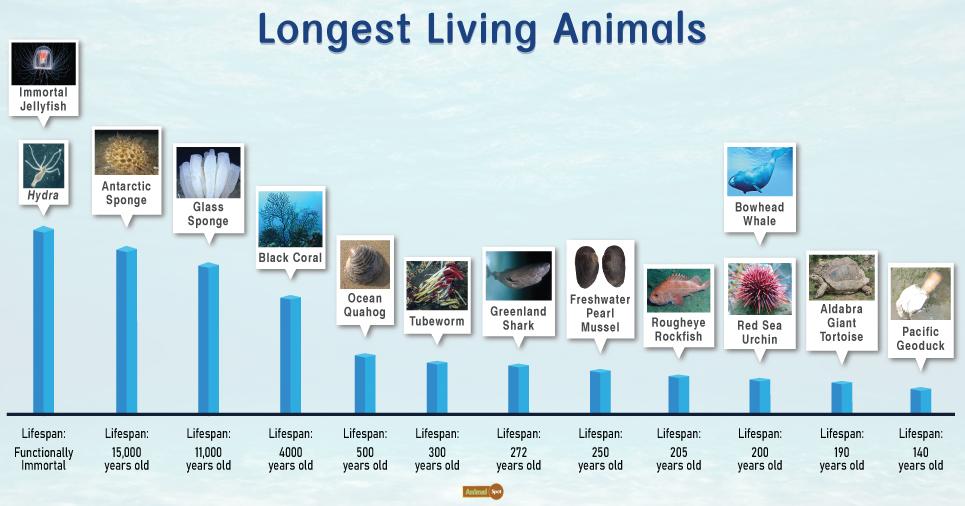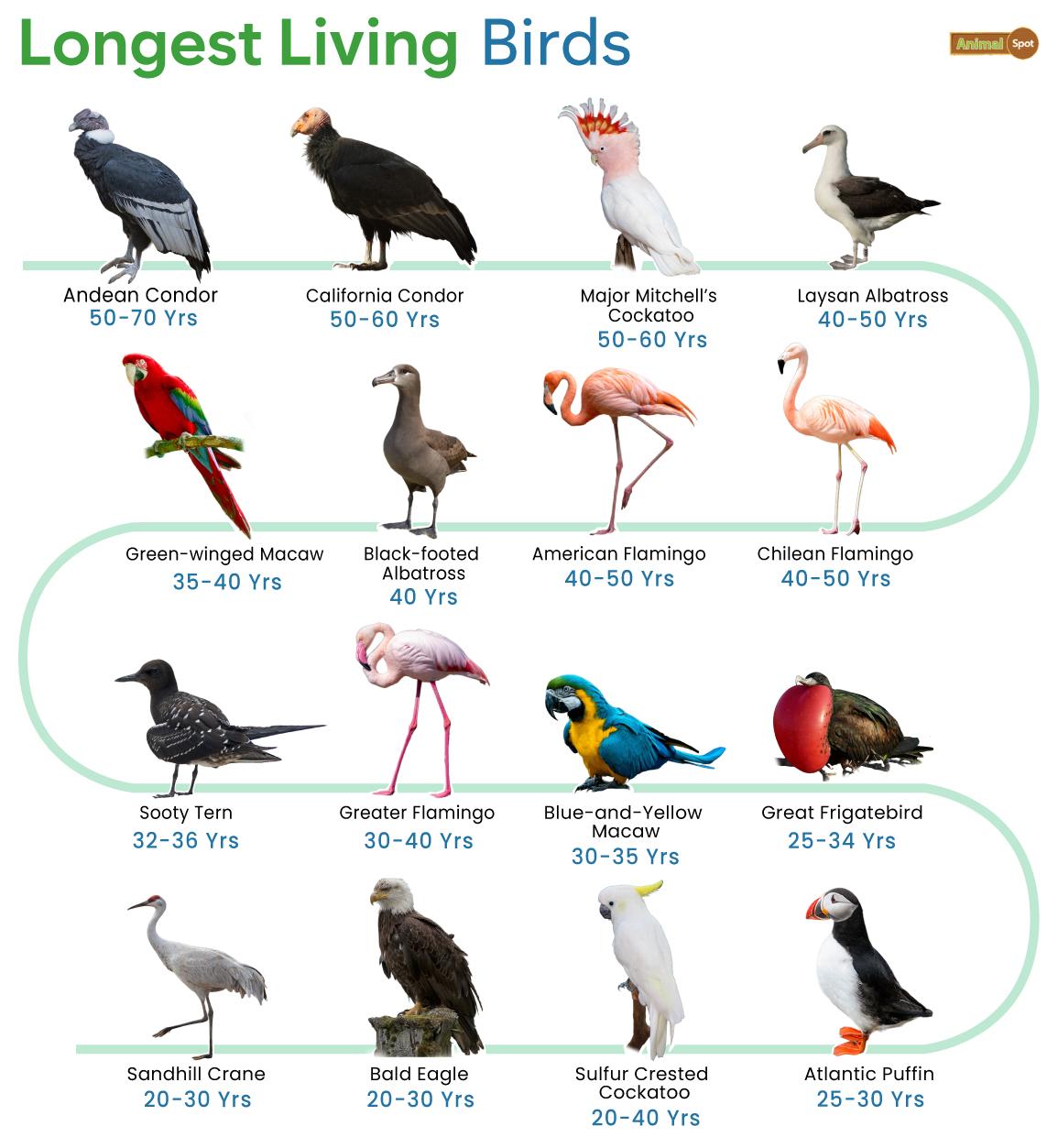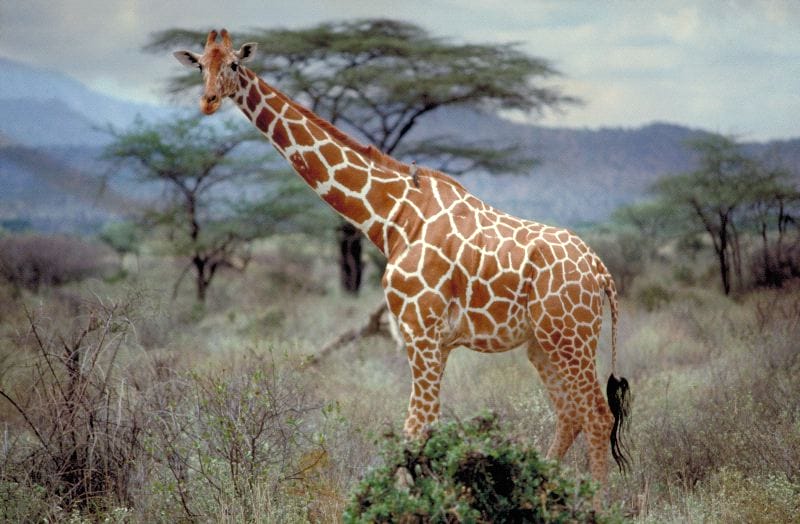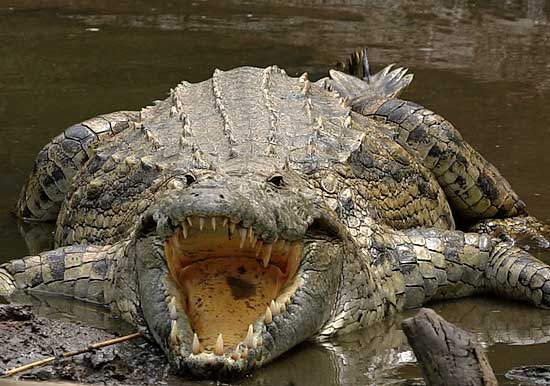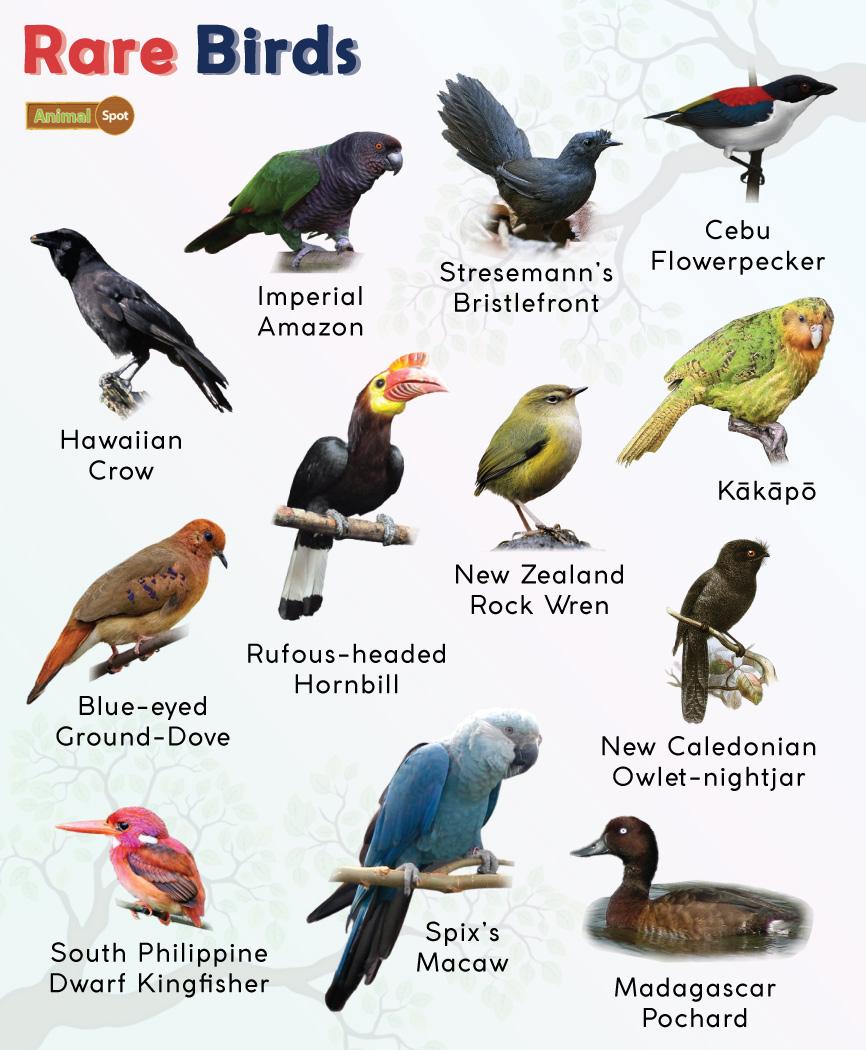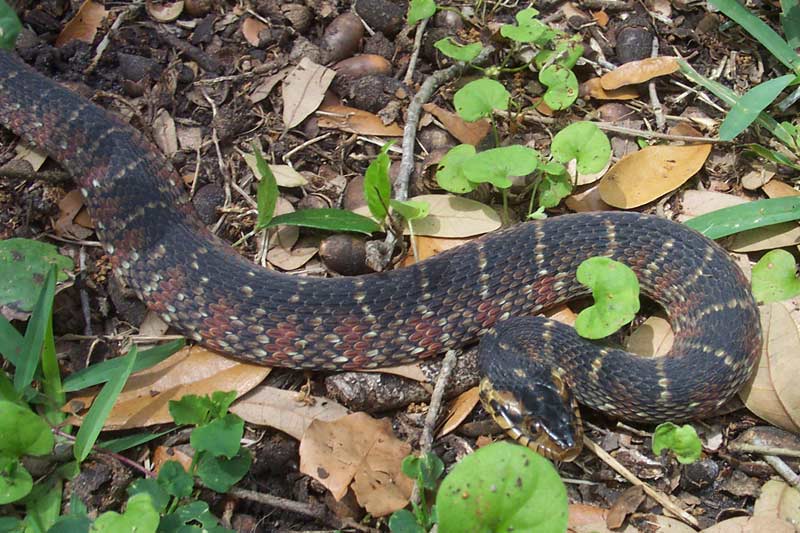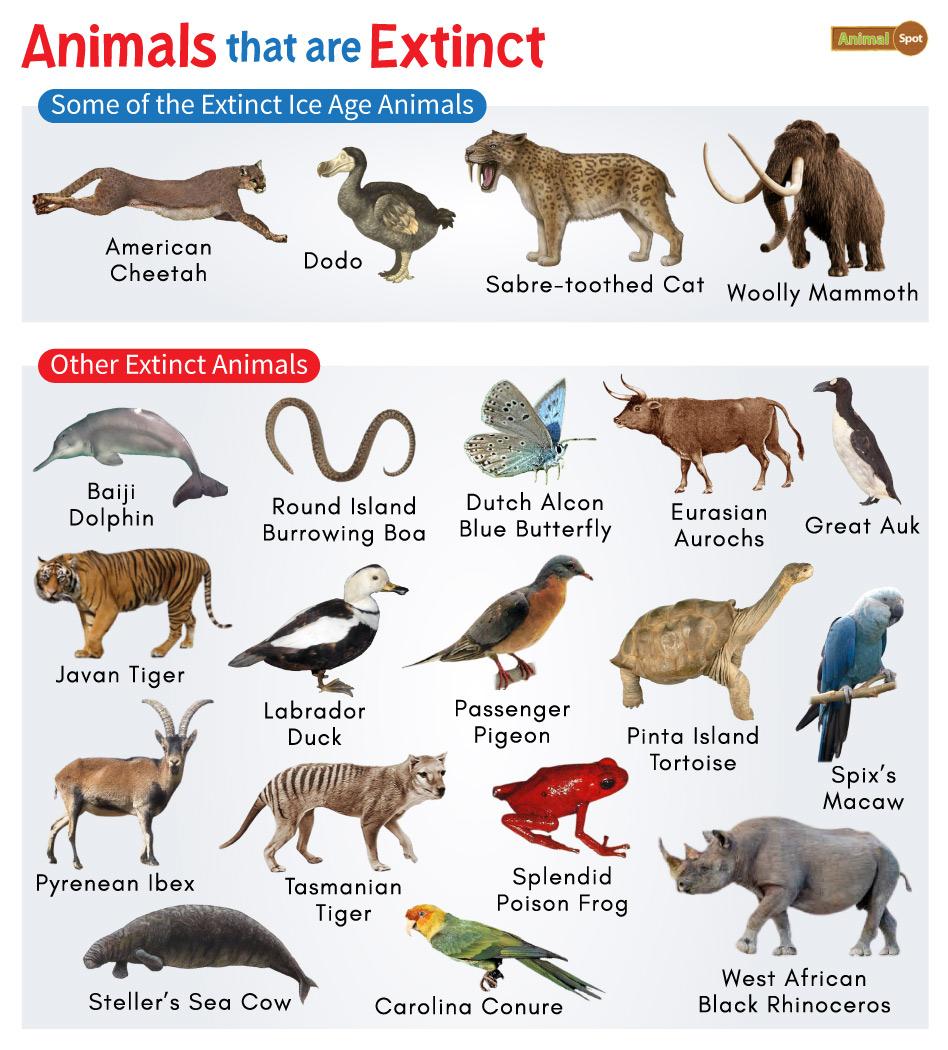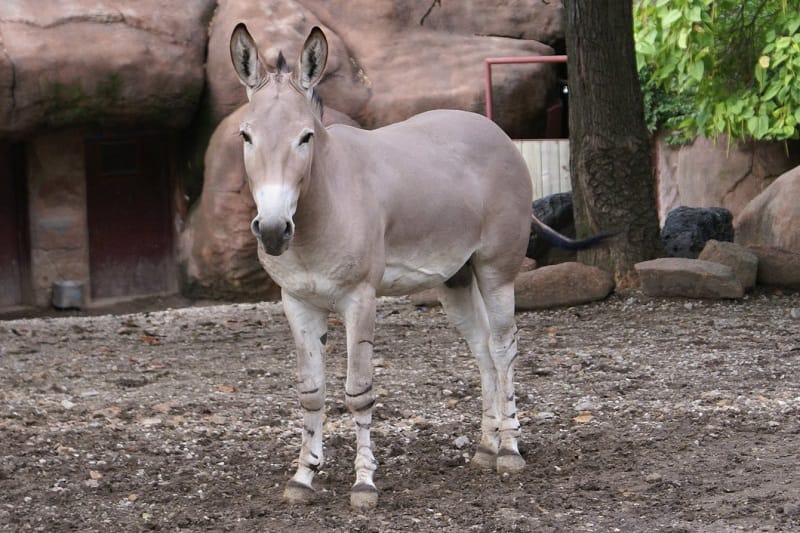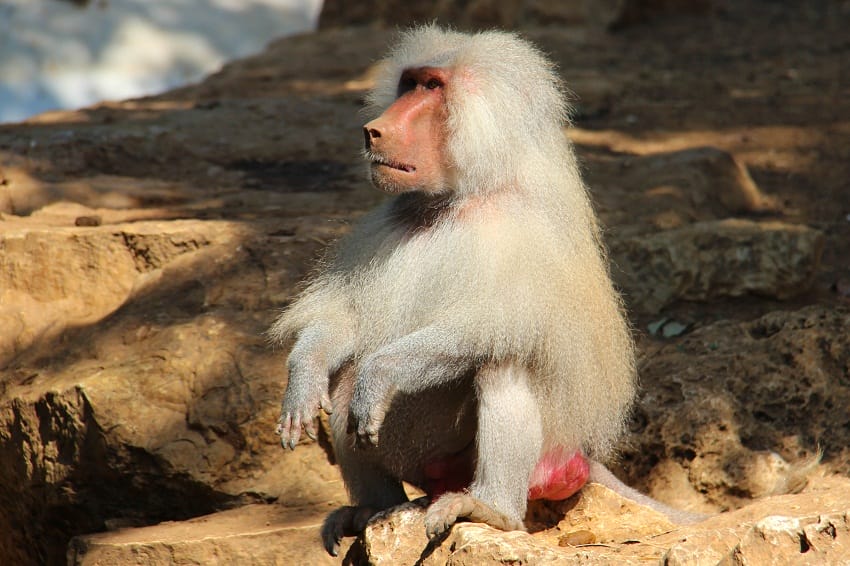In this article, we have outlined a list of animals known for living long lives. To prevent this list from becoming too long, we started with species that have been known to live for 100 years in the wild if they were not preyed upon or died due to other external circumstances. Species left off the list were the tuatara (100 years), some crocodiles (100 years), koi fish (up to 200 in captivity but only 50 in the wild), macaws (80 years), and even humans (around 70 years).
The reasons for these animals’ longevity are up for debate. A few things worth noting are that several of these species live in frigid areas, which slow down their metabolism. Others are sedentary and isolated, not interacting much with their environment and living undisturbed lives.
List of 14 Long-Lived Animals
1. Hydra
Lifespan: Functionally Immortal
Hydra are a genus of freshwater invertebrates, including the fresh-water polyp, the brown hydra, and the green hydra. Their bodies are made almost entirely of stem cells, meaning they do not deteriorate with age and are constantly duplicating themselves. This makes Hydra species biologically immortal.
2. Immortal Jellyfish
Lifespan: Functionally Immortal
The immortal jellyfish is another essentially immortal species. It starts its life as a larva before turning into a polyp. Eventually, it becomes a full-grown jellyfish, but the reason it can live forever is that this species can return to its polyp stage.
This jellyfish can repeat this process indefinitely, with its cells not undergoing any degradation over time. It even recovers from any damage sustained in its adult stage. While it is vulnerable to predation, the immortal jellyfish can live forever if left alone.
3. Antarctic Sponge
Lifespan: 15,000 years old
Antarctic sponges are deepwater marine sponges that live in freezing temperatures. Its environment plays a crucial role in its longevity as the low temperatures and high pressure slow down the sponges’ biological processes.
4. Glass Sponge
Lifespan: 11,000 years old
Glass sponges are rarely seen invertebrates known for skeletons made of silicates. While they may live longer, currently, the record is held by a specimen of Monorhaphis chuni that reached up to 11,000 years.
5. Black Coral
Lifespan: 4000 years old
While most members of this genus typically live up to 70 years on average, black coral at depths of 984 to 9840 ft have been radiocarbon dating to be over 4000 years old.
6. Ocean Quahog
Lifespan: 500 years old
The ocean quahog is a species of clam living in the North Atlantic Ocean. A combination of a low aging rate, a sedentary lifestyle, and living in cold environments have let this clam live for upwards of 500 years.
The current record is 507 years, held by an ocean quahog named Ming, born in 1499.
7. Tubeworm
Lifespan: 300 years old
Tubeworms are sessile invertebrates, i.e., they cannot move about independently. On average, certain tube worms living in colder environments, like Escarpia laminata, live for 100-200 years, but several live for over 300 years.
8. Greenland Shark
Lifespan: 272 years old
While once believed to live for 512 years, the Greenland shark is believed to have a maximum lifespan of 272 years. This makes it the longest-living species of vertebrate currently alive on the planet.
The reason for its longevity can be attributed to its environment, which tends to be very cold, but also thanks to its slow metabolism.
9. Freshwater Pearl Mussel
Lifespan: 250 years old
A rare bivalve living in several parts of Europe, this species ages at a very slow rate and undergoes little cell deterioration. However, this mussel is currently endangered as it faces habitat loss thanks to human activities.
10. Rougheye Rockfish
Lifespan: 205 years old
Named after the ten or so spines underneath its lower eyelid, the rougheye rockfish is a deepwater species living in the Atlantic and the Pacific oceans. Its longevity may result from certain DNA- repair pathways known to prevent cancerous cell growth.
11. Red Sea Urchin
Lifespan: 200 years old
While most red sea urchins live for about 30 years, some naturally live for up to 200 years. However, the lower lifespans have been attributed to predation and disease, meaning most of these urchins can live for 100-200 years if undisturbed.
12. Bowhead Whale
Lifespan: 200 years old
The bowhead whale is potentially the largest living mammal alive currently, as specimens studied in the present have harpoons embedded in them that were manufactured between 1879 and 1885. While further studies are required, the maximum lifespan of the bowhead whale could be close to 270 years.
13. Aldabra Giant Tortoise
Lifespan: 190 years old
Tortoises are known for their long lifespans, but the Aldabra giant tortoise stands out even among them. While it has been challenging to verify the exact age of some living specimens as their birth dates may be poorly documented, the record currently is 255 years of age, held by Adwaita (1750-2006).
However, whether he was an outlier is yet to be seen. Most giant tortoises reach around 170-190 years, and Adwaita lived in captivity.
14. Pacific Geoduck
Lifespan: 140 years old
A large saltwater clam living in northwest Canada and the United States, the Pacific geoduck has an average lifespan of 140 years. But there have been records of this clam living up to 179 years. Their longevity may be because of a lack of natural predators.
However, they are often victims of fishing, and it is considered a delicacy in China.
More on Longest Living Animals

